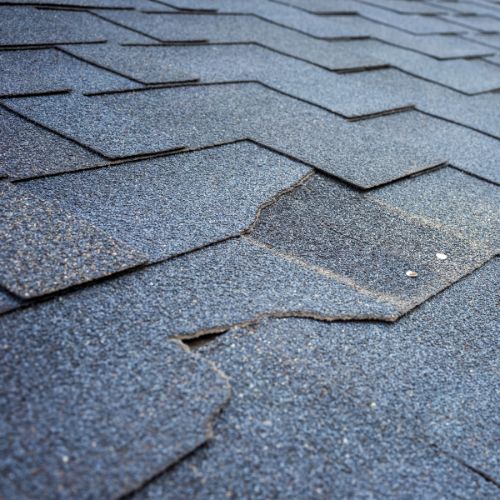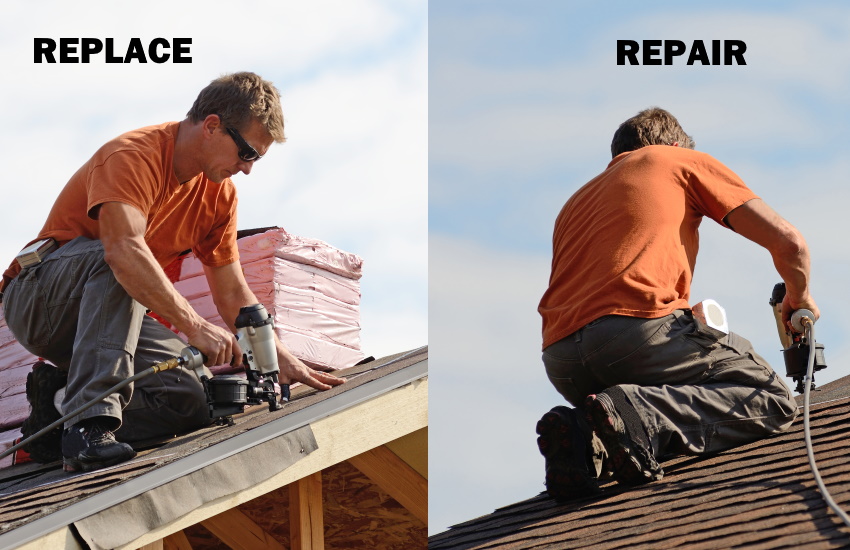Key Factors To Consider for a Successful Roofing System Setup: Attaining Durability and Effectiveness
In starting the trip of roof covering installation, one must prioritize crucial factors to consider to make sure both long life and effectiveness. The option of materials, tailored to hold up against neighborhood environment problems, plays an essential duty in keeping structural stability. Just as critical is the style, which ought to accommodate correct water drainage and provide appropriate assistance. Taking on finest practices throughout setup can considerably reduce possible issues such as moisture build-up and energy inefficiency. As we explore these facets, it becomes evident that a successful roofing installation is not simply regarding covering a framework yet concerning crafting a resistant and sustainable option. What are the important aspects that genuinely make a difference?
Picking the Right Products

Environment plays a crucial function in product option. In areas vulnerable to hefty rains or snow, products like asphalt shingles or metal roofing with high water resistance are advisable. On the other hand, in warm climates, materials with reflective homes, such as cool roofing membranes or floor tiles, can help in reducing energy prices by dispersing sunshine.
Spending plan factors to consider additionally affect material choice. While premium materials like slate or clay tiles offer long-lasting efficiency, they include higher in advance costs. Nonetheless, they can confirm economical over time as a result of their very little maintenance requirements and extended life expectancy.
Finally, the architectural design of the structure need to integrate with the roof covering product. Conventional homes may profit from wood tiles, whereas contemporary frameworks might choose for smooth steel surfaces. By very carefully considering these factors, you can select products that line up with both practical and aesthetic objectives.

Recognizing Roof Covering Design
Recognizing roofing system design is crucial in accomplishing a well-functioning and visually pleasing framework. The layout of a roofing influences not only the visual allure but also the architectural integrity and functionality of the structure. An attentively designed roofing can enhance the overall building style while guaranteeing effective drainage, insulation, and air flow.
Crucial element of roof covering layout include the pitch, shape, and structural support group. The pitch, or slope, determines just how successfully water and particles are lost from the roof covering surface area, affecting the life-span of roofing materials. Typical roofing system shapes consist of gable, hip, level, and mansard, each offering distinctive advantages and aesthetic high qualities. Gable roofs are prominent for their simpleness and efficient water losing, while hip roofings provide remarkable stability in high wind locations.
Architectural support systems, such as trusses and rafters, are critical in distributing weight and preserving the roof covering's integrity. Proper style makes certain that the roof covering can stand up to environmental lots and stand up to deformation. Additionally, integrating functions like overhangs and eaves can safeguard the structure's façade and boost energy efficiency by offering color and minimizing heat gain.
Ultimately, a well-considered roofing design equilibriums form, operate, and durability, adding to the long-term success of the installment.
Environment Considerations

In warm and bright climates, roofing products need to show, instead of take in, solar heat to maintain energy effectiveness and protect against extreme thermal growth, which can lead to material destruction - Keep Dry Roofing St Peters MO. On the other hand, in chillier regions, materials have to offer ample insulation to avoid warm loss and withstand freeze-thaw cycles that can cause breaking and other architectural issues
In addition, the option of shade and finishing can significantly influence a roof covering's thermal performance, especially in locations with extreme temperature variants. Regional building codes commonly offer support on ideal materials and styles, mirroring local environment issues. A thorough understanding of weather problems is indispensable for selecting products and designs that make sure a roof's optimum efficiency over its life-span.
Installment Best Practices
Efficient roof covering installation is an important component of guaranteeing long-term durability and performance. Sticking to ideal practices throughout installment not only safeguards architectural honesty yet additionally minimizes costly future repair work. Choosing the ideal products is critical. Utilizing high-quality roof shingles, underlayment, and flashing tailored to the particular climate and building layout will certainly enhance the roof covering's resilience.
Equally crucial is the prep work of the roof covering deck. Guaranteeing that the deck is clean, completely dry, and structurally audio before setup avoids complications such as leakages and early wear. Appropriate air flow is an additional key factor to consider, as it minimizes moisture accumulation and thermal tension, consequently prolonging the roofing's life expectancy.
Precision in measurement and positioning during the installation process is vital. This includes precise placement of tiles and thorough attention to overlapping, which stops water ingress. Utilizing expert, knowledgeable labor ensures these requirements are fulfilled, decreasing the threat of mistakes that can endanger the roof covering's effectiveness.
Energy Effectiveness Techniques
Enhancing a roof's energy efficiency is check my blog a calculated consideration for decreasing power costs and environmental effect. By picking ideal materials and technologies, property owners and building contractors can significantly boost the thermal performance of a roof, hence lessening power usage.
In addition, the unification of appropriate insulation is important in avoiding heat transfer in between the interior and exterior of a building. Insulation materials with high R-values, such as spray foam or stiff foam boards, are efficient in keeping a consistent interior temperature level, thus maximizing cooling and heating system performance.
In addition, the integration of photovoltaic panels on roofs not just produces sustainable power however can likewise provide color, additional minimizing warmth gain (Keep Dry Roofing St Peters MO). Technologies like amazing roofs, which utilize coatings to mirror more sunlight, are likewise gaining popularity for their capacity to decrease roofing temperature levels
Conclusion
To conclude, attaining an effective roof setup requires a comprehensive strategy that incorporates the option of top quality materials tailored to details climatic conditions, thoughtful design factors to consider for optimum water drainage and structural stability, and adherence to careful setup techniques. These aspects jointly make certain the prevention of wetness build-up and thermal stress and anxiety, thereby improving the roof's sturdiness and effectiveness. Integrating techniques to improve power performance better adds to minimizing maintenance demands and lowering energy intake over the click this link roof's lifespan.